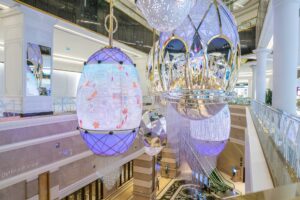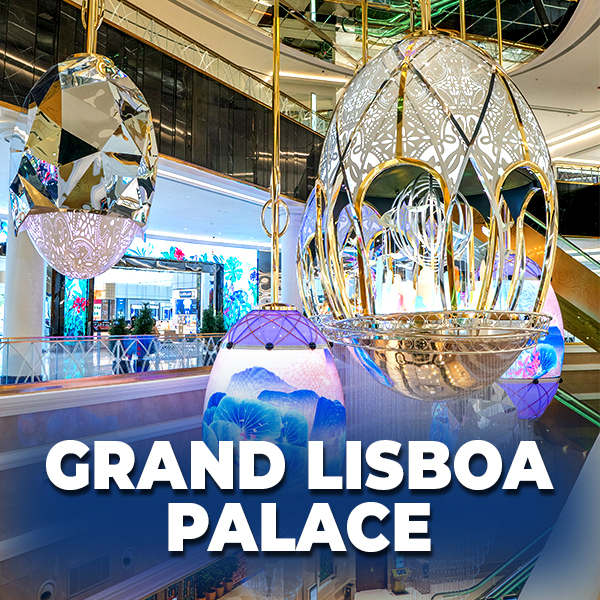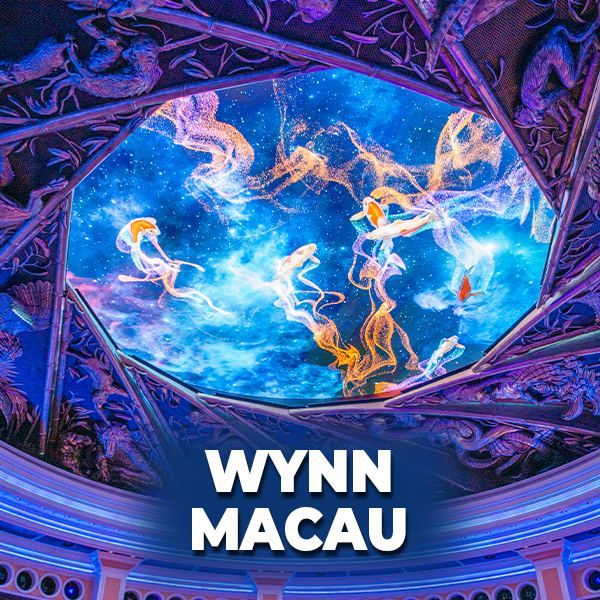
Unlocking the Manufacturer's HIDDEN SECRETS for Weatherproofing LED Displays
-
Brendan O.
- LED Display
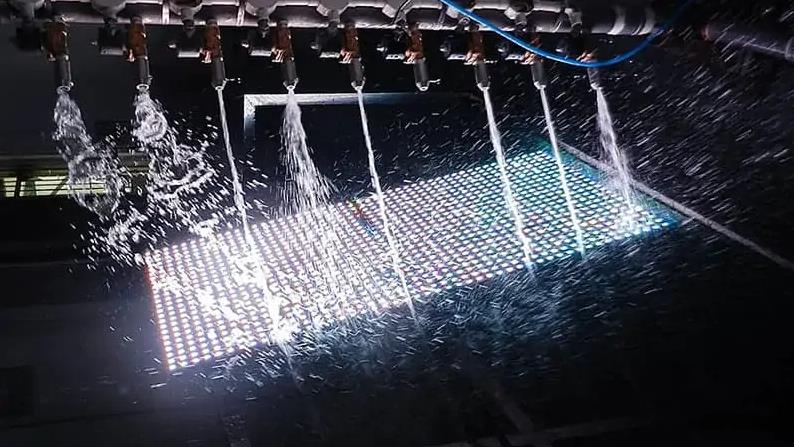
The Importance of Weatherproof Design
Outdoor LED displays have revolutionized the advertising and entertainment industries, captivating audiences with vibrant visuals and dynamic content. However, the evolution of this technology continues unabated.
As we look ahead to the future, we anticipate outdoor LED displays that are not only weatherproof but also energy-efficient and dynamic, offering endless possibilities for engaging and immersive experiences.
This blog post explores upcoming advancements in outdoor LED displays, specifically emphasizing the significance of weatherproof designs. We will follow up next week with another post that focuses on the future of LED displays, specifically addressing energy efficiency through advanced thermal management systems for internal temperature regulation.
The ability of outdoor LED displays to withstand the harsh elements is a crucial factor in their long-term viability and performance. The future of outdoor LED displays holds great promise in overcoming this challenge through innovative weatherproof design.
To ensure durability and protection against adverse weather conditions, the displays of tomorrow will be constructed using advanced materials specifically engineered to resist moisture, UV radiation, and temperature fluctuations. These materials will offer exceptional resistance to corrosion and degradation, allowing the displays to maintain their visual integrity even in challenging environments.
In addition to robust materials, advanced sealing techniques will be employed to create a tight barrier against water, dust, and other external elements. This will prevent moisture ingress, which can lead to internal damage and component failure. By effectively sealing the display modules, the future outdoor LED displays will be better equipped to withstand heavy rains, snow, and high humidity, ensuring uninterrupted operation and reducing the need for frequent maintenance.
In this blog post, we will explore the significance of various sub-topics relating to Weatherproof Design for Outdoor LED Displays, delving into a level of understanding that many may not have encountered before. Our aim is to share our extensive experience and provide valuable insights from the manufacturers’ standpoint, offering these invaluable nuggets of insider knowledge.
THE SECRETS for WEATHERPROOFING LED DISPLAYS
1. Advanced Sealing Techniques
2. Conformal Coating
3. Encapsulation
4. Nano-Coating
1. Advanced Sealing Techniques
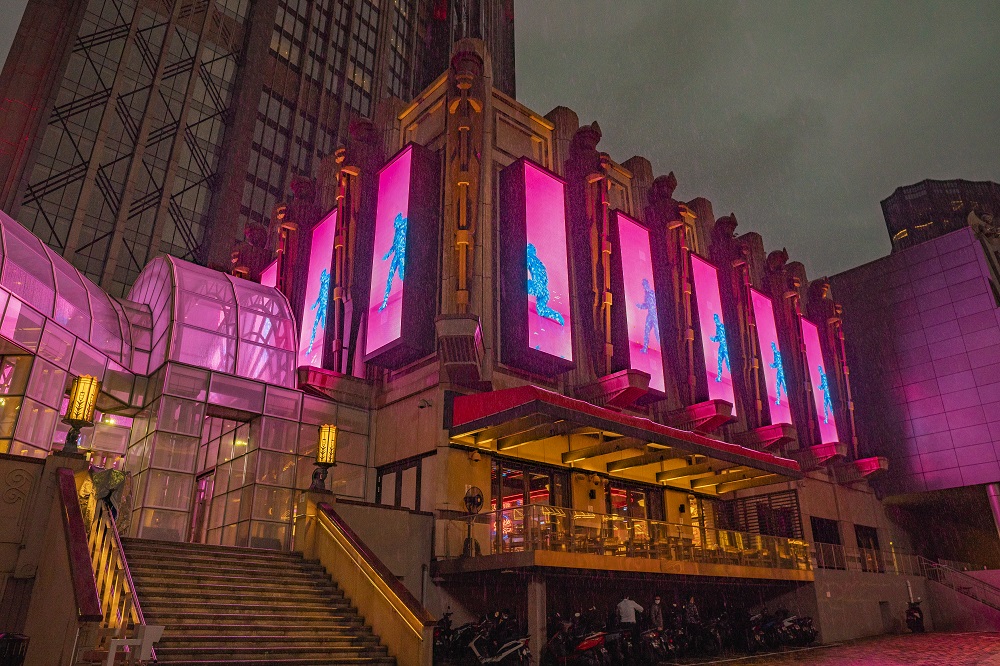
Advanced sealing techniques play a pivotal role in ensuring the weatherproofing and durability of outdoor LED displays. These techniques involve the application of specialized materials and methods to create a tight and effective barrier against external elements such as water, dust, and debris. By preventing moisture ingress and protecting internal components, these sealing techniques enhance the longevity and performance of LED displays in outdoor environments.
One of the commonly employed sealing techniques is the use of gaskets and O-rings. Gaskets are made of resilient materials such as silicone or rubber and are placed between the various components of the display, including the modules, frame, and cabinets. They create a watertight seal that prevents water or moisture from seeping into the display’s sensitive electronics. O-rings, on the other hand, are circular seals that are placed in grooves or recesses to provide an additional layer of protection against moisture and dust.
Another effective sealing technique is the application of conformal coatings. These coatings are thin protective layers applied directly to the surface of the electronic components. They act as a barrier, safeguarding the circuitry from moisture, dust, and other contaminants. Common conformal coating materials include acrylics, silicones, and urethanes. The choice of coating depends on factors such as the level of protection required, flexibility, and thermal conductivity.
2. Conformal Coating
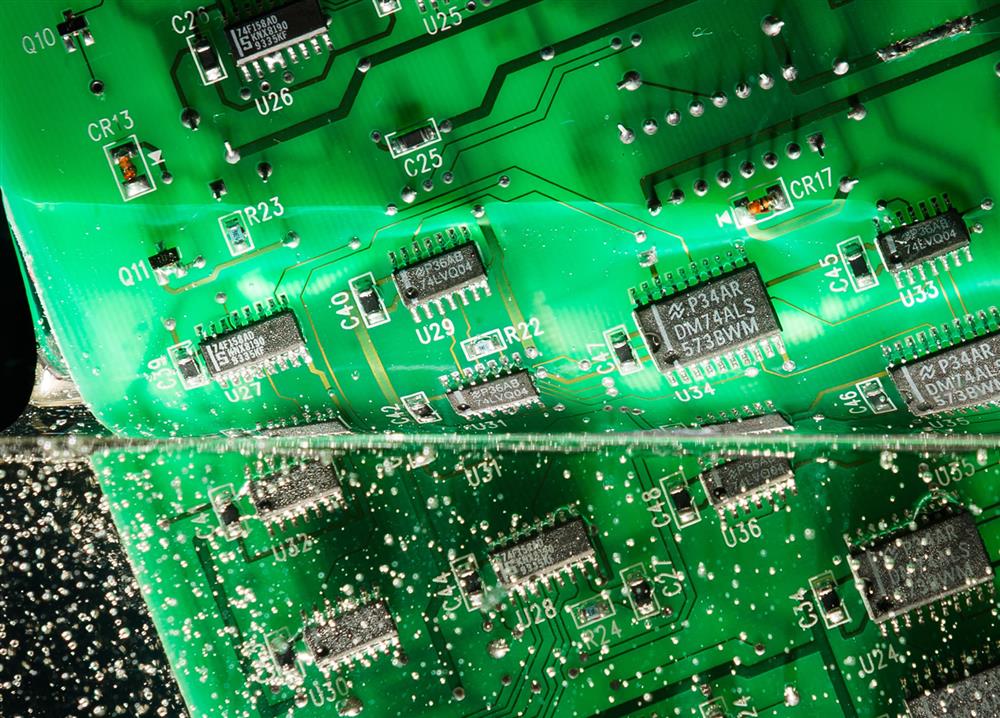
Conformal coatings play a critical role in protecting the sensitive electronics of LED displays from environmental factors, making them an essential component in ensuring the longevity and reliability of these displays. While there is a cost associated with the application of conformal coatings, the benefits they provide far outweigh the investment.
The primary purpose of conformal coatings is to create a protective barrier around the electronic components of LED displays. These coatings are typically thin layers of material, such as acrylics, silicones, or urethanes, that conform to the contours of the circuitry, forming a protective film. This film shields the electronics from various environmental factors, including moisture, dust, chemicals, and contaminants that can lead to corrosion, electrical shorts, and component failure.
The cost of conformal coatings varies depending on the type of coating material, the complexity of the display’s circuitry, and the size of the display. However, the expense associated with applying conformal coatings is relatively small compared to the potential costs of repairing or replacing damaged components due to environmental exposure.
The importance of conformal coatings lies in their ability to enhance the reliability and lifespan of LED displays. By providing a protective barrier, these coatings prevent moisture ingress, which can cause short circuits, electrical leakage, and degradation of electronic components. Moisture can also lead to corrosion of metal contacts and traces, compromising the functionality and performance of the display. Conformal coatings act as a shield against humidity, condensation, and even direct water exposure, ensuring the long-term operational integrity of the electronics.
Moreover, conformal coatings offer resistance against dust and contaminants, preventing them from settling on the electronic surfaces. Dust accumulation can affect heat dissipation, impair signal transmission, and cause electrical interference, leading to performance issues or system failures. The coatings act as a physical barrier, preventing the buildup of dust and contaminants and facilitating easier maintenance and cleaning of the display.
In addition to environmental protection, conformal coatings also provide insulation and electrical insulation properties. They can prevent electrical shorts caused by foreign objects or conductive particles coming into contact with the circuitry. This insulation capability reduces the risk of damage to the display and ensures proper functioning of the electronics.
Furthermore, conformal coatings offer increased resistance to chemicals, UV radiation, and temperature fluctuations. They provide a level of protection against exposure to harsh cleaning agents, outdoor pollutants, and extreme temperatures, minimizing the potential for damage or degradation of electronic components.
In conclusion, while there is a cost associated with applying conformal coatings to LED display electronics, their importance in protecting and extending the lifespan of the display cannot be overstated. The benefits of safeguarding the electronics from moisture, dust, contaminants, and other environmental factors far outweigh the relatively modest investment. Conformal coatings contribute significantly to the reliability, performance, and longevity of LED displays, ensuring their continued operation and reducing the need for costly repairs or replacements.
3. Encapsulation
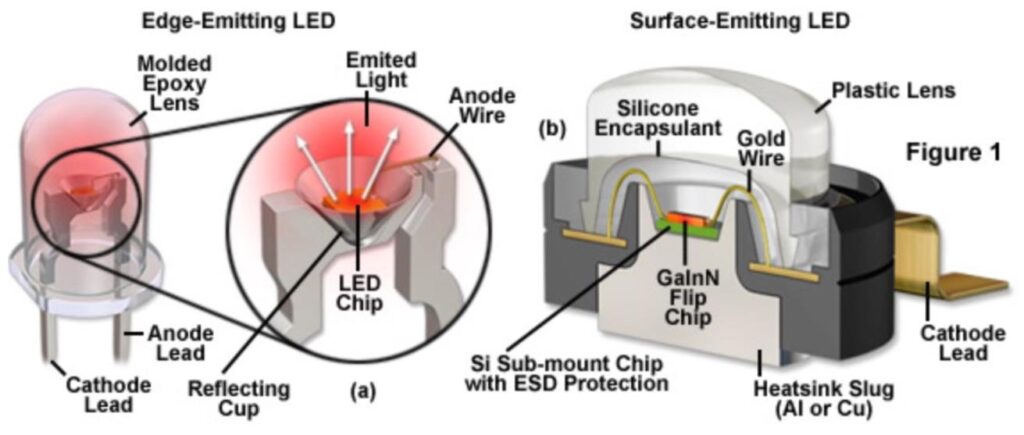
Encapsulation is another technique used to protect LED displays from environmental factors. It involves coating the entire module or display with a protective material, such as a resin or epoxy. This process completely seals the internal components and creates a robust shield against moisture, dust, and physical damage. Encapsulation not only enhances weatherproofing but also improves shock resistance, making the display more resilient to impact and vibration.
Encapsulation is a critical process in the manufacturing of LED displays that involves coating the internal components with a protective material, such as a resin or epoxy. While encapsulation adds to the manufacturing cost, its importance cannot be overstated due to the significant benefits it offers in terms of protection, reliability, and longevity of LED displays.
One of the primary reasons for encapsulating LED displays is to safeguard the sensitive electronic components from external factors such as moisture, dust, and physical damage. Moisture ingress can cause corrosion, short circuits, and deterioration of the display’s performance. Encapsulation provides a protective barrier that prevents moisture from reaching the sensitive parts, ensuring the display’s continued functionality and reducing the risk of failure.
Furthermore, encapsulation acts as a barrier against dust, which can accumulate and affect the performance and visibility of the display over time. By sealing the internal components, encapsulation prevents the ingress of dust particles and maintains the clarity and visual quality of the display, ensuring a superior viewing experience.
Another crucial aspect of encapsulation is its ability to enhance the mechanical strength and durability of LED displays. The resin or epoxy used in the encapsulation process provides a protective coating that adds rigidity and shock resistance to the display. This helps the display withstand vibrations, impacts, and other physical stresses that can occur during transportation, installation, or adverse weather conditions. The encapsulation material also acts as a cushioning layer, reducing the risk of damage to delicate components from external mechanical forces.
Encapsulation significantly contributes to the longevity and reliability of LED displays. By protecting the components from environmental factors and physical stress, it helps extend the lifespan of the display. This leads to reduced maintenance and replacement costs, making encapsulation a cost-effective investment in the long run.
Moreover, encapsulation plays a crucial role in improving the thermal management of LED displays. The resin or epoxy used in the encapsulation process has good thermal conductivity properties, allowing it to dissipate heat efficiently from the components to the external environment. This helps in maintaining optimal operating temperatures and prevents overheating, which can lead to decreased performance and potential damage to the display.
While encapsulation adds to the manufacturing cost of LED displays, the benefits it offers in terms of protection, reliability, longevity, and improved thermal management far outweigh the initial investment. The added durability and resistance to environmental factors ensure that the display can withstand various conditions, making it suitable for a wide range of outdoor applications.
In conclusion, encapsulation is a crucial process in the manufacturing of LED displays that provides protection against moisture, dust, physical damage, and enhances the display’s mechanical strength and thermal management. Despite the additional cost, encapsulation is essential for ensuring the longevity, reliability, and optimal performance of LED displays, making it a vital investment for outdoor applications where durability and protection are paramount.
4. Nano-Coating

In addition to these techniques, advancements in nano-coatings are gaining traction in the field of outdoor LED displays. Nano-coatings are ultra-thin layers of protective material that offer superior water repellency and anti-static properties. These coatings use nanotechnology to create a hydrophobic surface that repels water droplets, preventing them from adhering to the display. This feature is particularly useful in areas with heavy rainfall, as it helps maintain the clarity of the display and ensures uninterrupted visibility.
Nano-coatings play a significant role in protecting LED displays from environmental factors, making them a valuable investment despite their associated costs. These coatings, composed of ultra-thin layers of protective material, provide numerous benefits that outweigh the expense.
One of the primary advantages of nano-coatings is their exceptional water repellency. By creating a hydrophobic surface, these coatings prevent water droplets from adhering to the display. This feature is particularly crucial in areas with heavy rainfall or high humidity, as it helps maintain the clarity and visibility of the display. Water-resistant coatings reduce the risk of water-related damage, such as corrosion, short circuits, and degradation of display components, thus prolonging the lifespan of the LED display and reducing maintenance costs over time.
Furthermore, nano-coatings offer excellent resistance to dirt, dust, and other contaminants. The hydrophobic nature of these coatings repels particles, preventing them from sticking to the display surface. As a result, the need for frequent cleaning and maintenance is significantly reduced. This not only saves time and effort but also ensures that the display maintains its visual quality and performance for an extended period.
Another significant advantage of nano-coatings is their anti-static properties. These coatings inhibit the buildup of static electricity on the display surface, which can attract and retain dust particles. By reducing static charge, nano-coatings help keep the display cleaner and minimize the accumulation of dust, thereby enhancing the overall visual experience and reducing the frequency of cleaning.
In addition to their protective properties, nano-coatings can also contribute to energy efficiency. The hydrophobic surface created by these coatings prevents water droplets from adhering to the display, which can cause light diffraction and reduce brightness. By maintaining the optical clarity of the display, nano-coatings ensure optimal light transmission and visual performance, resulting in improved energy efficiency and reduced power consumption.
While nano-coatings may involve additional costs compared to traditional protective measures, their long-term benefits outweigh the initial investment. The cost of frequent cleaning, maintenance, and potential repairs due to environmental damage can be significantly reduced with the application of nano-coatings. Moreover, the extended lifespan of the LED display resulting from effective protection against moisture, dust, and contaminants justifies the cost of implementing these coatings.
It is worth noting that the cost of nano-coatings can vary depending on factors such as the size of the display, the complexity of the coating process, and the specific requirements of the environment. However, considering the importance of maintaining the performance, durability, and visual quality of LED displays in outdoor settings, nano-coatings offer a valuable solution to protect and preserve the investment in LED technology.
In conclusion, nano-coatings are a worthwhile investment for LED displays due to their water-repellent, dirt-resistant, and anti-static properties. Despite the initial cost, these coatings provide long-term benefits, including improved durability, reduced maintenance requirements, enhanced visual performance, and energy efficiency. By protecting LED displays from environmental damage and extending their lifespan, nano-coatings offer a cost-effective solution to ensure the longevity and optimal operation of outdoor LED displays.
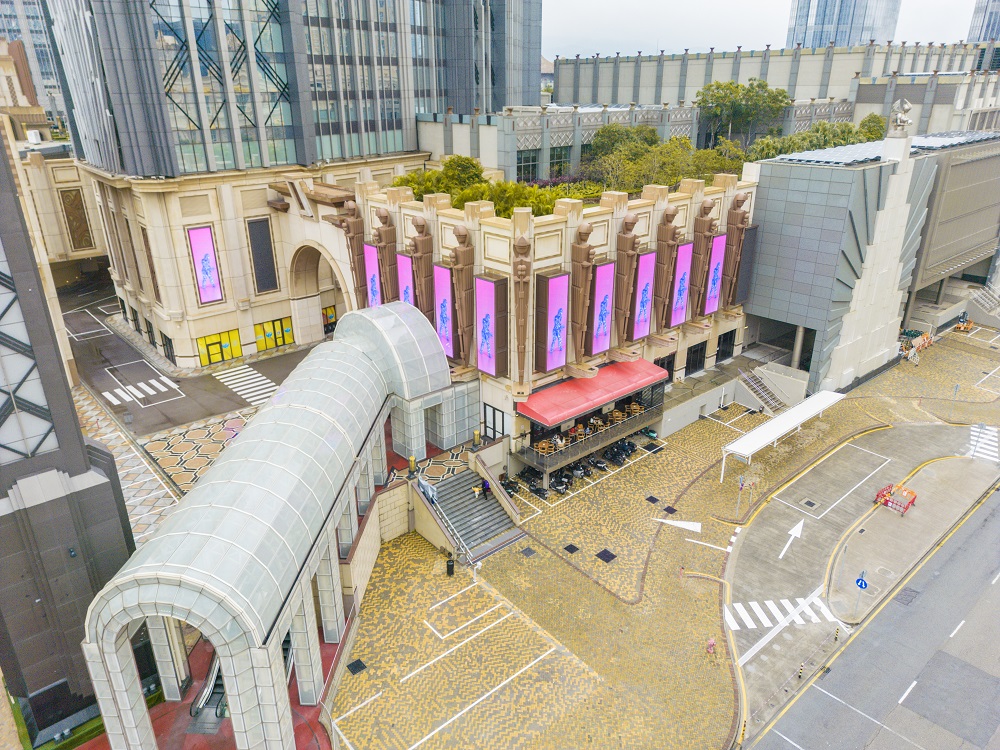
Moreover, advanced sealing techniques also consider factors such as thermal expansion and contraction. As outdoor LED displays are exposed to temperature variations, the materials used for sealing must accommodate these changes without compromising the integrity of the seal. Flexible and elastic materials are employed to allow for expansion and contraction, ensuring that the seal remains intact even under extreme temperature conditions.
In conclusion, advanced sealing techniques for outdoor LED displays encompass a range of approaches, including gaskets, conformal coatings, encapsulation, and nano-coatings. These techniques provide effective protection against moisture, dust, and physical damage, ensuring the longevity and reliable performance of LED displays in outdoor environments. By employing these sealing methods, manufacturers can enhance the weatherproofing capabilities of outdoor LED displays, enabling them to withstand the elements and operate flawlessly in various outdoor conditions.
Brendan O.
Who We Are
Pledco is a global reputable LED display design, engineering and manufacturer from North America, with our very own state-of-the-art production factory based in Asia. We pride ourselves on being the leading manufacturer for custom LED displays & UHD LED screens to Fortune 500 companies in over 30 countries.
WhatWe Do
We bring visual creativity to life; continually pushing the endless possibilities. From transparent mesh curtains overlaying corporate skyscrapers, to LED-wrapped vehicles, to concave video walls in newsrooms, to outdoor digital signs composed of 3D shapes; if you can envision it, our LED engineers can design, engineer and manufacture it.
How We Do It
Client’s approach us daily with “impossible” projects in terms of production and integration. At Pledco we take your design concept and apply our world-class engineering to bring your idea to life. The art of custom LED display dances in the details, and our extensive experience with custom client projects is hard to deny.
Our Customized Projects

A global reputable LED display design, engineering and manufacturer based in North America, with our very own state-of-the-art factory based in Asia. We pride ourselves on being the leading manufacturer for custom design LED displays & Ultra High Definition LED screens to Fortune 500 companies in over 30 countries.

